Description
Bavistin, also known by its active ingredient carbendazim, is a systemic fungicide widely used in agriculture to control a variety of fungal diseases in crops. It belongs to the benzimidazole class of fungicides and is effective against pathogens that cause diseases in various plants, including fruits, vegetables, and ornamental plants.
Key Features of Bavistin:
Mode of Action: Bavistin works by inhibiting the synthesis of fungal cell walls, which ultimately leads to the death of the fungus. It disrupts the mitotic spindle formation during cell division, preventing the growth and reproduction of fungal cells.
Target Diseases: It is effective against a range of fungal diseases, including:
Powdery mildew
Leaf spot
Root rot
Damping-off
Fruit rot
Application: Bavistin can be applied as a foliar spray, soil drench, or seed treatment, depending on the crop and the specific disease being targeted. It is important to follow the manufacturer’s guidelines regarding dosage and timing to ensure effective disease control.
Crop Safety: Generally, Bavistin is considered safe for many crops when used according to label instructions. However, it is essential to conduct a sensitivity test on a small area before widespread application, especially on sensitive crops.
Environmental Impact: As with any chemical pesticide, there are concerns about the environmental impact of Bavistin. It is crucial to follow recommended practices to minimize runoff and protect non-target organisms, including beneficial insects and aquatic life.
Resistance Management: To prevent the development of resistance in fungal populations, it is advisable to rotate Bavistin with fungicides that have different modes of action. This practice helps maintain the efficacy of the fungicide and prolongs its useful life in agricultural practices.
Regulatory Status: The use of Bavistin is regulated in many countries, and it is essential for users to be aware of local regulations regarding its application, safety measures, and any restrictions on use.

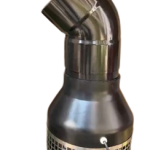
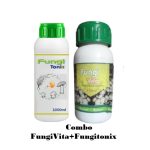
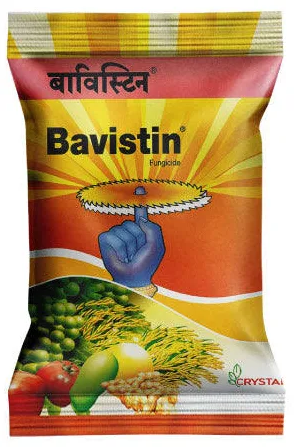

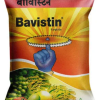

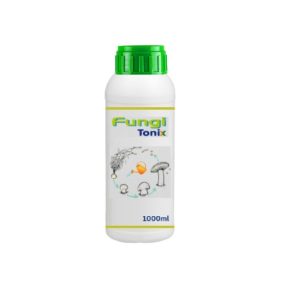

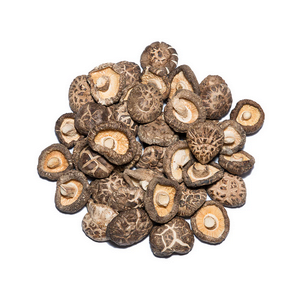
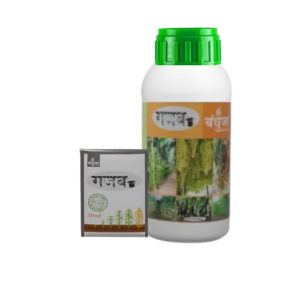
 Dried Gray Oyster -1 kg
Dried Gray Oyster -1 kg